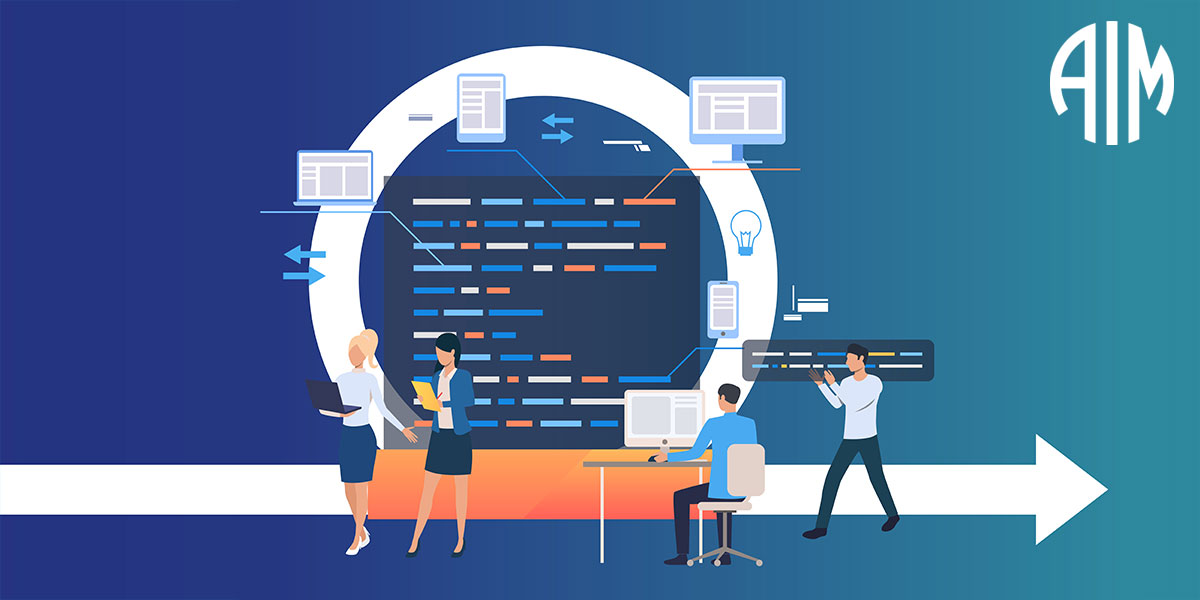
Boosting Employee Engagement with Agile Performance Management
Employee engagement is a critical factor for organizational success, impacting productivity, innovation, and overall employee satisfaction. Traditional performance management systems often fall short in fostering engagement due to their rigid structures and infrequent feedback. Agile performance management, on the other hand, offers a fresh approach that can significantly boost employee engagement. By promoting transparency, collaboration, continuous feedback, and growth opportunities, agile performance management creates an environment where employees feel empowered, valued, and motivated to give their best.
Promoting Transparency and Clarity
Agile performance management emphasizes transparency in goal setting, expectations, and performance evaluations. Clear communication of objectives and key results (OKRs) ensures that employees understand their role in achieving organizational goals. Transparency helps employees align their efforts with the broader strategic direction of the company, providing them with a sense of purpose and meaning in their work. When employees have a clear understanding of how their contributions make a difference, they are more engaged and motivated to excel.
Fostering Continuous Feedback and Recognition
Agile performance management replaces the outdated annual performance review with a system of continuous feedback and recognition. Regular check-ins and ongoing conversations between managers and employees provide a platform for discussing progress, addressing challenges, and providing constructive feedback. This frequent feedback loop ensures that employees receive timely guidance, support, and recognition for their achievements. By acknowledging and appreciating their efforts on an ongoing basis, agile performance management fuels a positive feedback culture, boosting employee morale and engagement.
Encouraging Collaboration and Teamwork
Agile performance management recognizes the power of collaboration and teamwork in driving engagement. Rather than focusing solely on individual performance, it promotes a collective approach where teams work together to achieve shared goals. Cross-functional collaboration, knowledge sharing, and open communication channels are encouraged, creating a sense of belonging and camaraderie among team members. When employees feel valued as part of a supportive and collaborative team, their engagement and commitment to achieving team objectives soar.
Providing Growth Opportunities and Development
Agile performance management places a strong emphasis on employee growth and development. It encourages managers to have regular conversations with employees about their career aspirations, strengths, and areas for improvement. By identifying growth opportunities and providing relevant training, mentoring, and learning experiences, organizations show their commitment to supporting employees’ professional development. When employees see a clear path for growth and feel invested in by their organization, their engagement levels rise, and they become more motivated to contribute their best efforts.
Empowering Employee Autonomy and Decision-making
Agile performance management empowers employees by giving them autonomy and decision-making authority. Employees are encouraged to take ownership of their work, make decisions, and contribute their unique perspectives and ideas. This autonomy fosters a sense of trust and empowerment, where employees feel valued and respected for their expertise. When employees have a voice and influence over their work, they become more engaged, committed, and motivated to excel.

Agile performance management offers a powerful framework for boosting employee engagement within organizations. By promoting transparency, continuous feedback, collaboration, growth opportunities, and employee empowerment, organizations create an environment where employees feel valued, motivated, and connected to the company’s mission. Engaged employees are more likely to go above and beyond in their roles, contribute innovative ideas, and demonstrate higher levels of productivity and job satisfaction. By embracing agile performance management, organizations can unleash the full potential of their workforce and create a culture of engagement and excellence.
From Annual Reviews to Agile Feedback: Reinventing Performance Management
The traditional approach to performance management, centered around annual reviews, is losing its relevance in today’s dynamic and fast-paced work environment. Companies are recognizing the need to reinvent performance management practices to align with the changing needs of employees and the demands of modern workplaces. Agile feedback is emerging as a powerful alternative, shifting the focus from infrequent evaluations to continuous communication, growth, and development. By embracing agile feedback, organizations can foster a culture of improvement, engagement, and collaboration, ultimately driving better performance and outcomes.
The Limitations of Annual Reviews
Annual reviews have long been the cornerstone of performance management systems. However, they suffer from several limitations that hinder their effectiveness. First, the infrequency of feedback can lead to a lack of timely guidance and support for employees. Waiting a whole year to address performance issues or provide recognition can be detrimental to individual growth and motivation. Second, the emphasis on ratings and rankings often creates a competitive and punitive atmosphere that hampers collaboration and teamwork. Lastly, the narrow focus on past performance fails to account for the rapidly changing nature of work and the need for agility and adaptability.
The Agile Feedback Approach
Agile feedback, on the other hand, offers a more flexible and adaptive approach to performance management. It is built on the principles of continuous communication, real-time feedback, and ongoing development. Rather than relying on once-a-year evaluations, agile feedback encourages regular check-ins and open dialogue between managers and employees. These conversations provide an opportunity to discuss goals, progress, challenges, and development needs, enabling employees to receive immediate support and guidance.
The Benefits of Agile Feedback
- Timely and Relevant: Agile feedback ensures that employees receive feedback when it matters most, allowing them to make necessary adjustments and improvements in real-time. This helps individuals stay on track, address performance gaps promptly, and seize opportunities for growth.
- Continuous Learning and Development: Agile feedback focuses on ongoing development rather than simply evaluating past performance. It encourages managers to provide constructive feedback, offer coaching and mentoring, and identify growth opportunities for employees. This continuous learning mindset empowers individuals to enhance their skills, acquire new knowledge, and evolve professionally.
- Collaboration and Alignment: Agile feedback promotes collaboration and alignment within teams and across the organization. By fostering open communication channels, employees can share ideas, collaborate on projects, and align their efforts toward common goals. This collaborative environment strengthens teamwork, knowledge sharing, and overall organizational performance.
- Employee Engagement and Motivation: Agile feedback creates a positive feedback culture that values employee contributions and recognizes achievements on an ongoing basis. When employees feel seen, heard, and appreciated, their engagement and motivation levels increase. This, in turn, leads to higher job satisfaction and improved performance.
- Agility and Adaptability: Agile feedback aligns with the dynamic nature of work and the need for agility and adaptability. It allows for flexibility in goal setting, adjusts expectations as priorities shift, and embraces change as an opportunity for growth. This adaptability enables employees to respond to emerging challenges and capitalize on new opportunities.
Implementing Agile Feedback
To implement agile feedback effectively, organizations need to foster a culture that values open communication, transparency, and continuous learning. Managers should be trained to provide constructive feedback, actively listen to employees, and coach them toward success. Technology can also play a significant role in enabling real-time feedback through collaboration tools, performance management platforms, and communication channels that facilitate ongoing conversations.

Conclusion
The traditional annual review model of performance management is being replaced by agile feedback approaches that prioritize continuous communication, growth, and development. By shifting the focus from infrequent evaluations to ongoing dialogue, organizations can create an environment that fosters collaboration, agility, and employee engagement. Agile feedback empowers individuals to learn.

